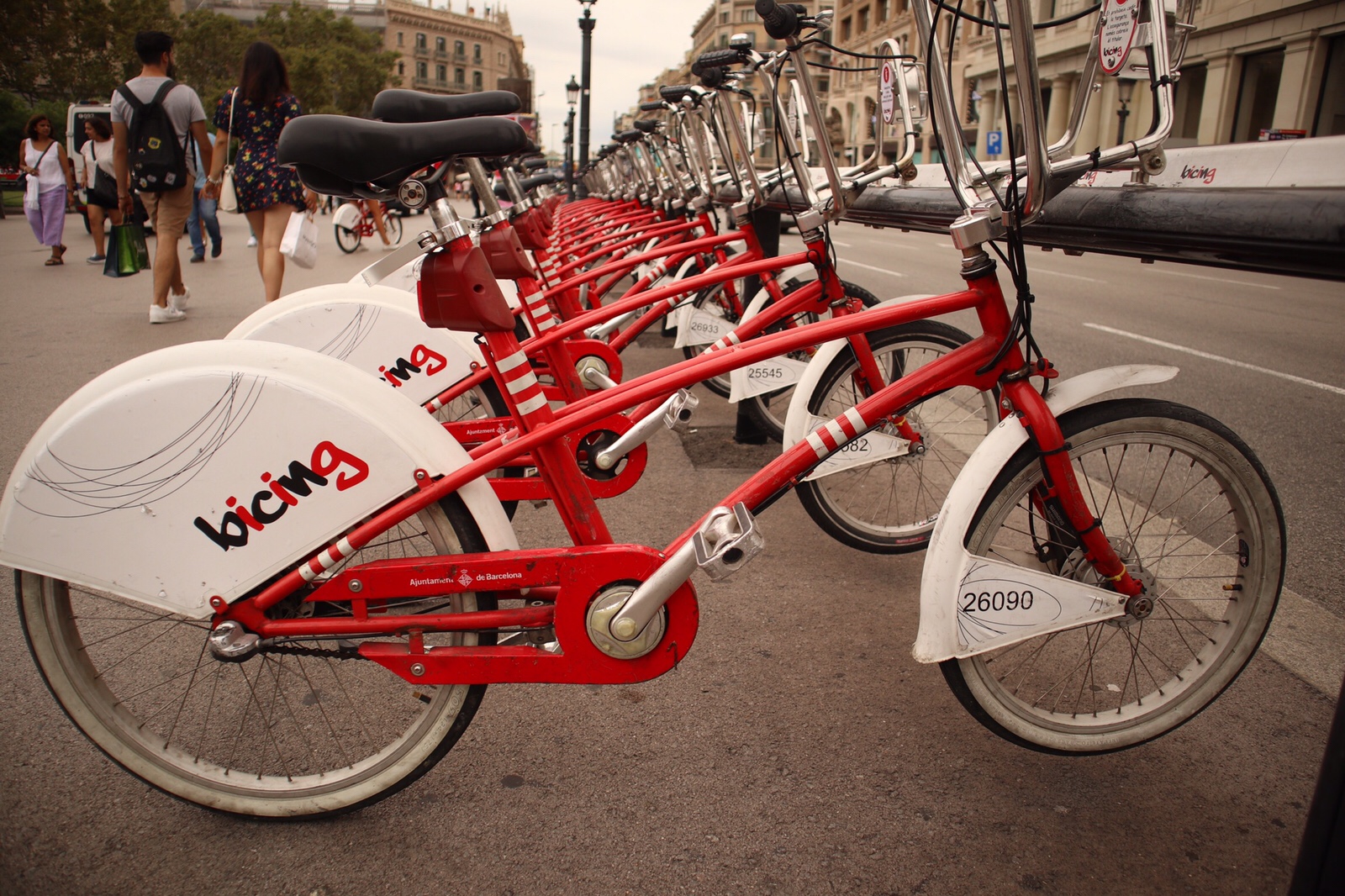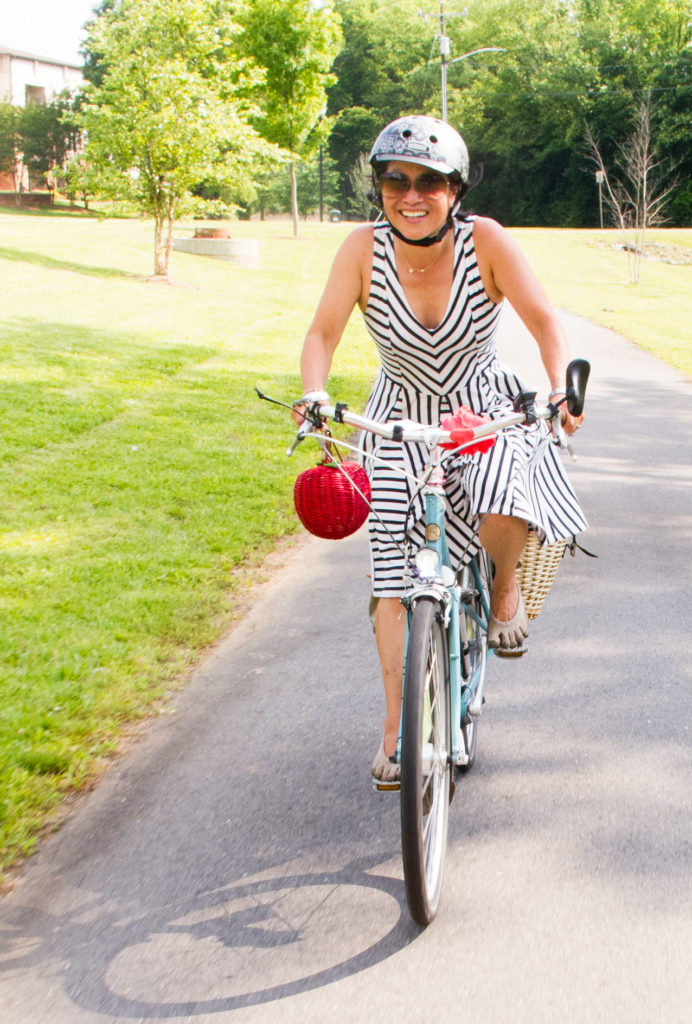One of Adonia Lugo’s criticisms of the U.S. bike advocacy movement is its focus on Northern European solutions, and implicitly, Northern European thinking and values. I happen to be traveling in southern Europe right now, where biking has a much different social meaning (as does public space in general).
I’m not explicitly here doing research, but I always have an opinon. And I will be bike touring from Venice to Pisa, so I’ll get to experience a bunch of Italian cities along the way.
Our first stop was in Barcelona, a city which urbanists love to talk about. One thing urbanists don’t tend to mention is that cycling rates are fairly low; about 2% mode share. That number persists despite significant investment in cycling infrastructure (officially, 180km as of 2017), and the existence of one of the oldest bike share systems, bicing.
bicing is kind of interesting in the bike share world. It’s a station-based system installed in 2007, explicitly designed as part of a public transport system for residents, Much of the cost is picked up by the city, and it’s operated by the city in partnership with ClearChannel (ugh). Annual membership is required to use the system, and the web site is available only in Catalan. Tourists are not welcome.

There appear to be dockless operators working as well, and I saw some tourist groups using those. The bicing system itself appears to be a limited success; there are approximately 100K memberships, down from 180K in 2007, and while you do see people using them, they’re not a major part of the street scene the way the share bikes are in some cities (Austin, for example).
One of my research findings is that little effort is spent examining the cultural differences which contribute to cycling. There are substantial differences between Barcelona and Copenhagen, not to mention Oakland and Copenhagen, and I’m not willing to accept that cycling infrastucture differences explain a factor of 10 difference in cycling trips.


